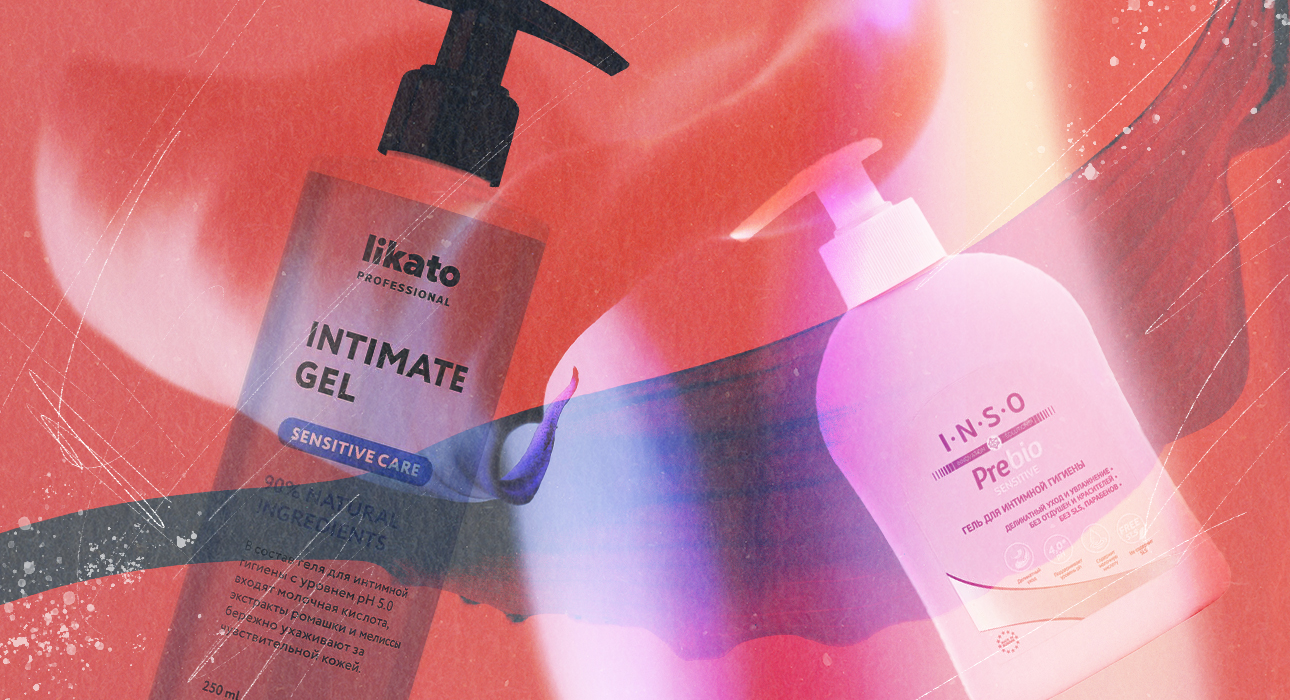For a year now, we have been observing that more and more cosmetics for private hygiene arrive at the editorial office – cleansing foams, gels, moisturizers and even illuminating serums. Lines for the so-called V-zone care have appeared in many Russian brands – Likato Professional, Planeta Organica, Geltek, M.aklive, Siberina. Known by many thanks to its Art&Fact brand, Carely even launched a separate sexual health brand called Louder.
Now the intimate cosmetics segment is one of the fastest growing. According to Maximize Market Research, the global specialty care market will grow by more than 9% by 2029 compared to 2021.
Caring for the intimate zone is becoming a real trend that more and more people are ready to follow. Do cleansing gels have practical benefits for women’s health, and are they as necessary as marketers claim? We talked about this with gynecologists and tested 5 popular personal hygiene products in an independent lab. Looking ahead, some failed the aptitude test. But first things first.


Here, the opinions of our experts differ. Tamilla Mammadova, gynecologist at DocDeti and DocMed clinics, believes the intimate cosmetics trend is far stronger than the real need. Polina Golikova, obstetrician-gynecologist at the H-Clinic sexual health clinic, says that cleansing gels and foams are needed for personal hygiene, but not on a daily basis.
“You do not need to use special cosmetics every day: 2-3 times a week will be enough. The rest of the time, hygiene can be achieved by using a warm shower or bath, preferably without soap or shower gel (they are very drying to the skin),” she explains.
Obstetrician-gynecologist Anastasia Bagdasaryan, head of the Center for Molecular Diagnostics CMD Kaluga of the Rospotrebnadzor Center Epidemiology Research Institute, believes that special cosmetics for the female genitals are necessary. “Cleaning with the right products first, then ongoing care,” she says.
Most likely, the trend towards intimate hygiene products is really exaggerated. And collections of creams, gels, foams, liquids and even more for the care of the genitals are nothing but marketing. And all we really need is to observe daily personal hygiene and, if necessary, use a gentle cleanser 2-3 times a week.

According to our statistics, two out of three experts are confident that there is no need to restore the pH balance in the intimate area. “Normally, the vagina is acidic and does not need special protection,” says gynecologist Tamilla Mamedova. – When the balance of microflora and inflammation in the vagina is disturbed, the pH is sometimes disturbed. In this case, the gynecologist prescribes treatment. But the restoration of pH is secondary, the main thing is to eliminate the root cause.

“Dryness in the private area can occur for a variety of reasons, from prolonged and frequent stays in the water (in the bath, pool, sea) or excessive passion for shower gels and soaps (especially because of its antibacterial effect). It also happens during physiological menopause, when taking hormonal drugs or during breastfeeding, ”explains Polina Golikova.
That is why gynecologist Tamilla Mammadova believes that it is enough to carry out the hygiene of intimate areas 1-2 times a day, and more often depending on the situation – for example, during menstruation or during sexual intercourse – with ordinary clean water.

It can be a product of any format that suits you – gel or foam. The main thing when choosing a remedy is to pay attention to the composition.

The pH of the intimate zone is about 3.8-4.5 and can change with age. For this reason, the ideal numbers on the packaging of the product are 4-4.5.

Yes, lactic acid, which is responsible for the normal pH level in the vagina and is found in all products, can cause discomfort.
“If there is no abnormality in the patient, the body may react to lactic acid in the form of itching and burning. Therefore, its presence in the composition of an intimate hygiene product is not a guarantee that it is suitable for you, ”says Polina Golikova.
That is why the most reliable option, which will help avoid unpleasant consequences, is to consult a gynecologist before buying a cleanser.

Sergey Artemenko, urologist at the DocMed clinic confirms all of the above: “There is no urgent need for special intimate cosmetics for men. To maintain hygiene, the toilet of the external genitalia 1-2 times a day with normal running warm water is sufficient. If you want to use a gel, it’s better to limit yourself to an unscented, neutral pH wash gel.

We sent the popular Russian brand of specialty cleansing gels to an independent lab to check if they contain ingredients that can cause irritation and an allergic reaction. And Elena Nikolaeva, cosmetic chemist of the Rainbow of the Rainbow chain of stores, told what the results of the study mean and which products it is better not to use.
“We will evaluate the examined samples according to their composition: presence / absence of aggressive surfactants and preservatives, pH level and chloride content. Let’s dwell on each point separately, ”says Elena.

Intimate hygiene products should not contain aggressive surfactants (Surfactants – these are chemicals that, as a rule, are found in any cleaning agent: Sodium Laureth Sulfate (SLS), Sodium Dodecyl Sulphate (another name for SLS), Ammonium Laureth Sulfate (ALS), Sodium Laureth Sulfate (SLES), Ammonium Laureth Sulphate (ALES) , C12-C14 (C14-C16) Olefin Sulfonate.
Soft personal hygiene products with a pH of 4.5 often foam poorly and are quite liquid. The consumer does not always like it, but such products are considered the most suitable, since they contain mild surfactants. In principle, they foam poorly, and at low pH (but normal for the intimate zone) they exacerbate the situation.
The most detergent (not aggressive, but detergent) anionic surfactants (AS) are considered softer – amphoteric and nonionic surfactants.

Physiological pH should be 4.0-5.0 in intimate hygiene products, the “golden indicator” is 4.5 units.

Sodium chloride is one of the most budgetary thickeners. Thickeners are needed for the product to be of the right consistency and suitable for use. However, the use of sodium chloride raises the pH to the alkaline side and dries the skin. No more than 6% chloride is allowed in cosmetics, but the less the better.

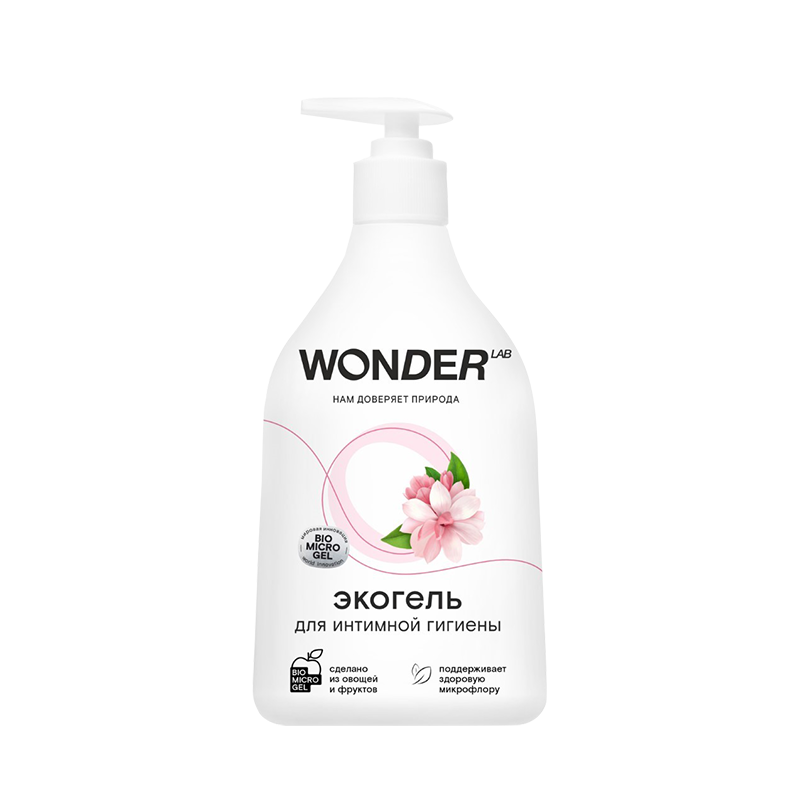

- Soft composition containing anionic surfactants;
- Almost no chlorides;
- Its PH is 4.5.
Solution: all indicators are in normal range, usable.
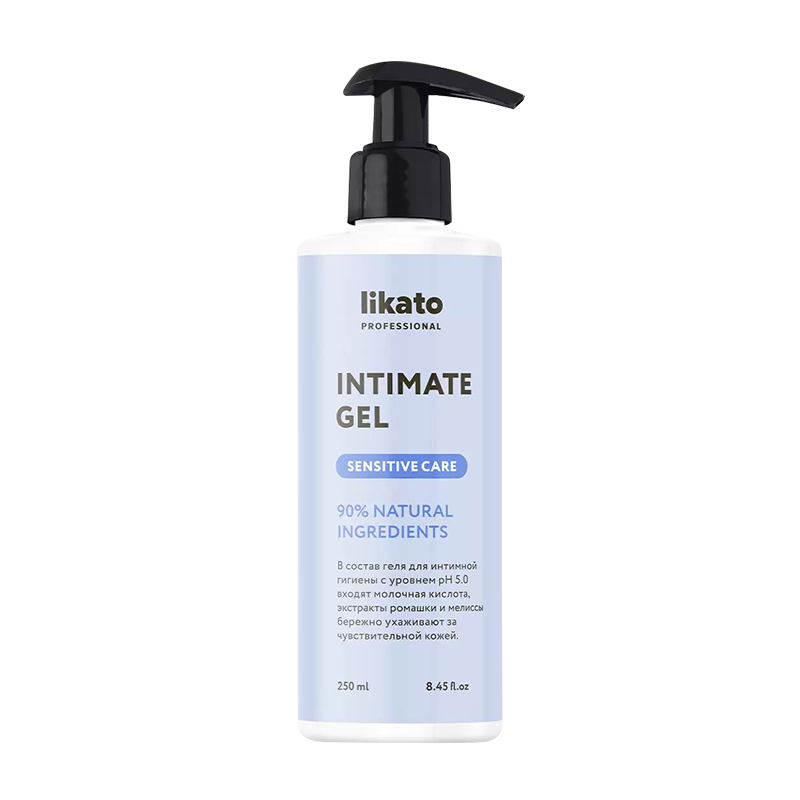

- Very mild surfactants (no surfactants), so the product does not foam well;
- Does not contain chloride;
- pH 4.9;
- There are preservatives with irritating potential – Methylchloroisothiazolinone, Methylisothiazolinone.
Solution: all the main indicators are in the normal range, but you need to observe the reaction to preservatives.
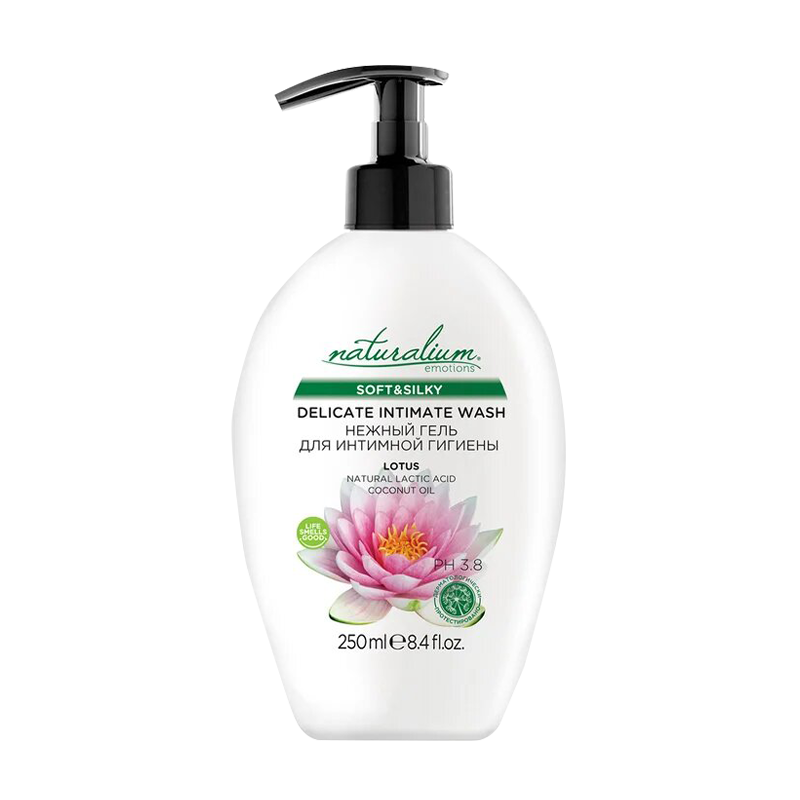

- Contains sulfates;
- Contains chloride;
- Its pH is 6.5.
Solution: all the main indicators do not comply with the norm, so it is better not to use such a tool.
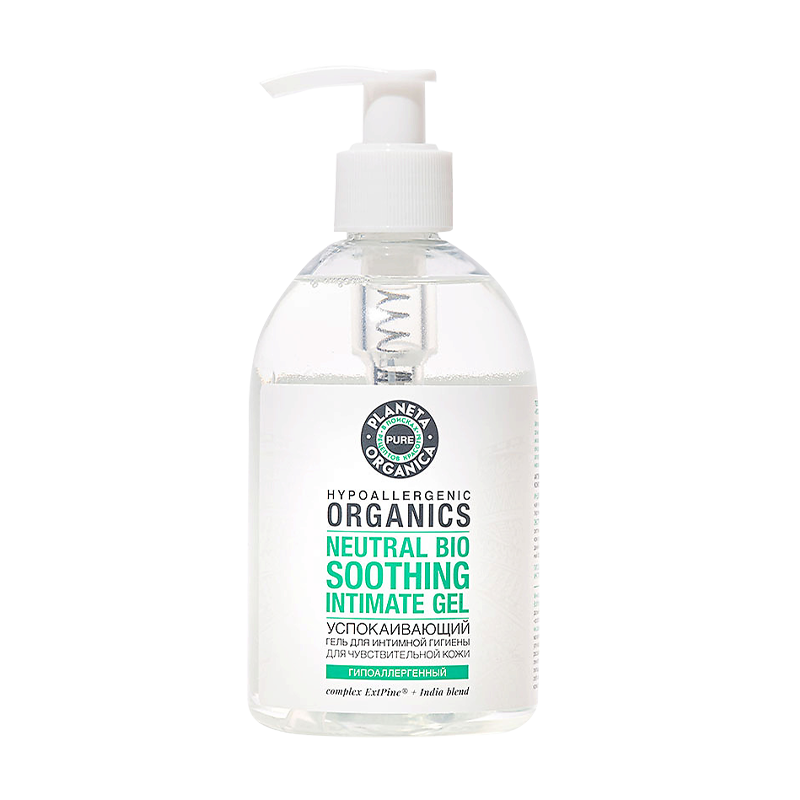

- Contains Sodium Coco-Sulphate, a moderately aggressive surfactant. In general, the surfactant content is high, it gives good foam;
- Plenty of chloride (3.5%);
- Its PH is 5.0.
Solution: almost all the main indicators correspond, in addition, the product will give good foam.


- Contains moderately aggressive surfactants (Magnesium Laureth Sulfate), but the formula is balanced by the presence of other surfactants (when there are many different surfactants, the proportion of each is small, which reduces the degree of aggressiveness);
- Contains chloride;
- Its PH is 4.5.
Solution: almost all the main indicators correspond, in addition, the product will give good foam.
So, according to the results of the research, several conclusions can be drawn:
– Do not rely on words such as “gentle”, “sensitive” on the packaging of the product. They are not always approved by the composition. Just like the pH level, the numbers on the label can be underestimated or, conversely, overestimated.
– You should always look at the composition of the product, choose a product with the most “pure” formula and odorless. Keep the checklists we prepared above to check yourself.
When a certain category of products begins to be in demand (as is currently the case with intimate cosmetics), there is a high probability that many brands will choose popularity at the expense of production. That is why it is better to vote for pharmacy products and products of brands that have been tested for years.
Source: People Talk
I’m Roger Gritton, and I’ve been writing for the The Fashion Vibes for over 5 years now. My specialty is beauty news; I’m passionate about covering the latest trends, products, and innovations in the industry. In my time there, I’ve become known as an authority on all things beauty-related.
I love discovering new experts to interview, researching up-and-coming ingredients and techniques that are making their way onto our beauty shelves and highlighting people who are making a difference in the world of cosmetics. My work has appeared not only on The Fashion Vibes, but also several other publications including the New York Times Magazine, Allure Magazine and Refinery29.

